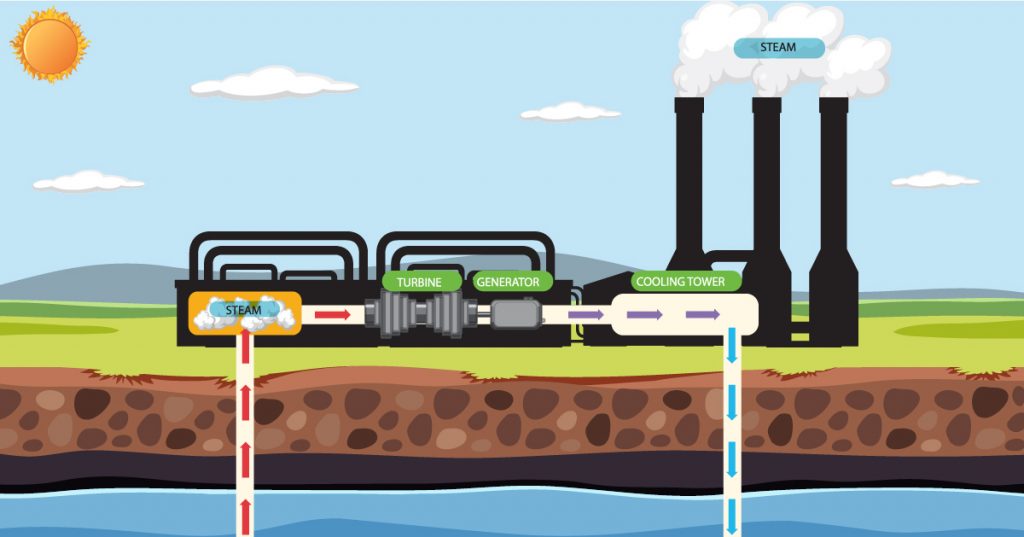As a highly urbanized city-state, Singapore faces significant challenges in maintaining clean, safe, and sustainable water supplies. With limited natural freshwater resources, the country relies heavily on innovative water treatment technologies to meet its growing demand. From NEWater to desalination plants, Singapore has become a global leader in water management.
One of the key technologies contributing to this success is ultrafiltration. By utilizing advanced ultrafiltration membranes, Singapore ensures that its water treatment systems are both efficient and environmentally sustainable. This blog will explore what is ultrafiltration, how it works, its benefits, and why it plays a pivotal role in Singapore’s water treatment and recycling programs.
What is Ultrafiltration?
So, what is ultrafiltration? Ultrafiltration is a membrane filtration process that uses a porous ultrafiltration membrane to remove suspended particles, bacteria, viruses, and other contaminants from water. The process is driven by pressure, forcing water through the membrane’s fine pores while leaving behind impurities. This method is highly effective in producing clean water, making it a popular choice for industries and municipalities looking to enhance water treatment efficiency. Ultrafiltration is extensively applied in a variety of areas, including municipal water treatment, industrial processes, and wastewater reuse.
Ultrafiltration Membrane: The Core of the Process
Ultrafiltration membrane consists of a thin, porous layer that acts as a filter, allowing water molecules to pass through while trapping larger particles, microorganisms, and other contaminants. The pore size of the ultrafiltration membrane typically ranges from 0.01 to 0.1 microns, making it effective at removing bacteria and viruses, which are larger than the pores.
Unlike other filtration methods, ultrafiltration membranes retain essential minerals while eliminating harmful contaminants, resulting in clean, safe water. These membranes are designed for durability and low maintenance, which makes them ideal for large-scale water treatment facilities. In Singapore’s water treatment infrastructure, ultrafiltration membranes are vital components, providing consistent performance and ensuring the highest quality of treated water.
Ultrafiltration vs. Nanofiltration: What’s the Difference?
When comparing ultrafiltration vs. nanofiltration, it’s important to understand that both technologies serve different purposes in water treatment.
- Ultrafiltration: As mentioned earlier, ultrafiltration membranes have a pore size between 0.01 and 0.1 microns. They are ideal for removing bacteria, viruses, and suspended solids, making them suitable for general water purification and pretreatment for more advanced processes like reverse osmosis.
- Nanofiltration: Nanofiltration membranes have even smaller pores, typically around 0.001 microns. This allows nanofiltration to remove dissolved salts, organic molecules, and certain heavy metals from water. It’s commonly used for softening water and removing specific contaminants that ultrafiltration may not capture.
Benefits of Ultrafiltration in Singapore’s Water Treatment
There are several environmental and economic benefits to using ultrafiltration in water treatment, particularly in Singapore’s context:
- Water Sustainability: Ultrafiltration is a key technology in these efforts, as it allows the city-state to treat and reuse wastewater efficiently. It ensures that the water is safe for both potable and non-potable uses, significantly reducing the need for freshwater extraction.
- Energy Efficiency: Compared to other advanced filtration methods, ultrafiltration consumes less energy. This makes it a more sustainable option, particularly for large-scale water treatment operations like those found in Singapore.
- Cost-Effective Water Treatment: The low maintenance requirements of ultrafiltration membranes translate into cost savings for municipalities and industries. With fewer chemical additives needed and a longer operational lifespan, ultrafiltration systems are a financially sound investment for water treatment facilities.
Ion Exchange’s Role in Advancing Ultrafiltration for Singapore
Ion Exchange, a global leader in water treatment solutions, plays a pivotal role in advancing ultrafiltration technology in Singapore’s municipal water and wastewater recycling programs. Their expertise in designing and implementing ultrafiltration systems has helped enhance the efficiency of Singapore’s water treatment infrastructure. By integrating advanced ultrafiltration membranes, Ion Exchange ensures that water is treated to the highest standards, supporting the specific requirements of the application, whether it’s for residential, commercial, or industrial use.
HYDRAMEM: Ultrafiltration Membrane
It is a tangential flow, a pressure-driven process that effectively filters particles based on their molecular size. With pore diameters ranging from 10 to 200 Å (0.001 to 0.02 microns), ultrafiltration membranes allow solvents and smaller species to pass through, resulting in a purified ultrafiltrate known as permeate, while larger particles are retained and concentrated. These membranes are reusable and can be cleaned with standard chemicals, making them highly efficient for continuous use. Ultrafiltration in process water treatment ensures the removal of nearly all particulate matter, suspended solids, bacteria, viruses, pyrogens, and colloidal materials, including non-reactive silica, iron, aluminum, and high molecular weight organics, making it essential for pharmaceutical and industrial applications.
Conclusion
Ultrafiltration is a critical component of Singapore’s water treatment and sustainability efforts. With its ability to remove contaminants while retaining essential minerals, ultrafiltration offers an efficient, cost-effective, and environmentally friendly solution to meet the city-state’s water demands. Whether comparing ultrafiltration vs. nanofiltration or examining the role of ultrafiltration in Singapore’s water management, it’s clear that this technology is here to stay. As Singapore continues to prioritize water sustainability through projects like NEWater and desalination, the importance of ultrafiltration will only grow.





